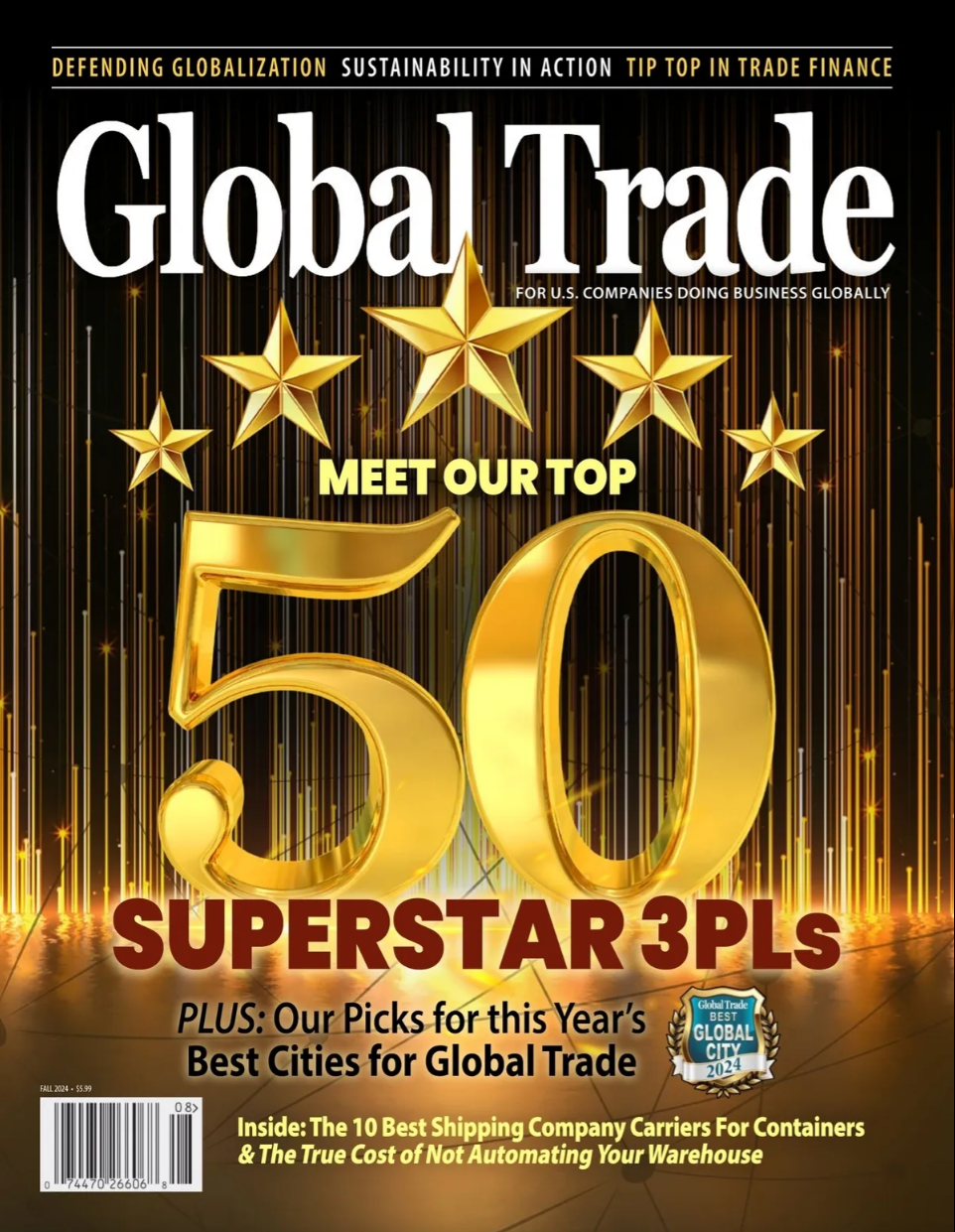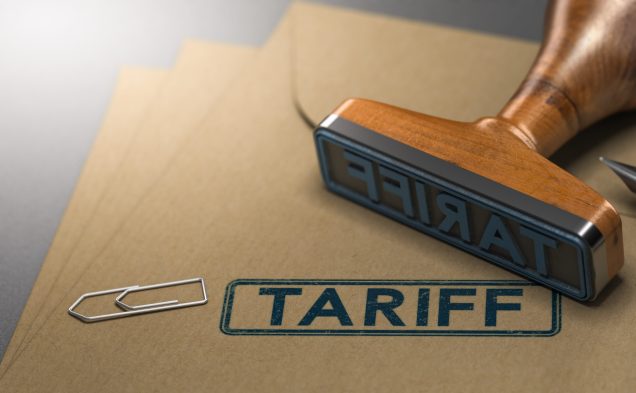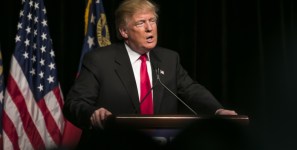Texas and California Brace for Tariff Effects
As the tariff wars show no signs of slowing, two US states will bear the brunt of the effects. Trade Partnership Worldwide estimates US businesses would pay roughly $433 billion in new tariffs, and Texas and California would be hit the worst.
Read also: European Commission Criticizes Proposed US Tariff Policy
President Trump’s latest remarks center on levying tariffs on every country that has imposed a duty on US imports. The European Union, for example, employs VAT taxes, which the US administration considers a duty, as does Mexico, Canada, and many others. The President had previously intimated that some industries might be exempted, but that now appears not to apply.
In 2024, Texas paid $7.2 billion in tariffs. That figure is now expected to leap to $64 billion, assuming all the tariffs remain in place. This is an important point, as President Trump has used the threat of tariffs as a bargaining chip in the past but ultimately never enacted them after successful negotiations. In Texas, the overwhelming majority of the tariffs are Mexican, expected to be paid by businesses at a rate of $108 million a day. Aluminum and steel tariffs would jump from $411.7 million in 2024 to approximately $2 billion. Meanwhile, California can expect tariff payments to triple from $17 billion in 2024 to $46 billion. California’s exposure to Chinese tariffs translates to a daily tariff bill of $43.4 million.
With China alone, US companies are expected to pay $43 billion relating to tariffs. European Union products will generate the most – $149 billion – while estimates point to $126 billion for Mexican trade and $103 billion for tariffs related to Canadian imports.
Businesses across the US are expected to pass the costs of the tariffs to their customers. The Trump administration regularly publishes what they deem unfair trade practices, outlining autos and shellfish as unfair between the US and the EU, motorcycle imbalances between the US and India, and ethanol between the US and Brazil.
Inflation was up in January making the potential effects of long-term tariffs politically unpopular. It remains to be seen if the latest threats are real or just more chips to bargain with.





Leave a Reply